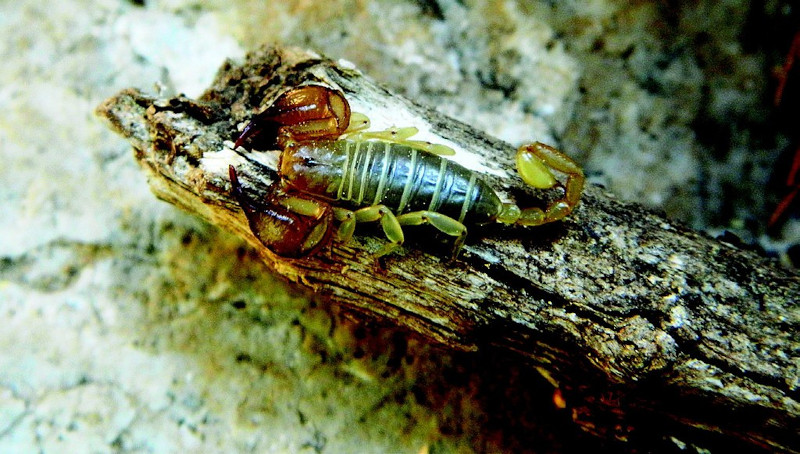
CCL: https://bit.ly/3sqgMLx
Euscorpius Lycius Facts
- Euscorpius Lycius represents the name of a newly discovered species of scorpion. It also represents an arachnid part of the group commonly popular as wood-scorpions.
- The species remains quite new to scientists, so very little information currently remains available. For the moment, the Euscorpius Lycius seems to only exist within one small area.
- It also bears a strong physical similarity to other types of known wood scorpions. So, confusion sometimes happens.
- Therefore, researchers continue to review data on other scorpion types. This is done to ascertain whether or not someone previously misidentified the Euscorpius Lycius as another species.
Related Articles
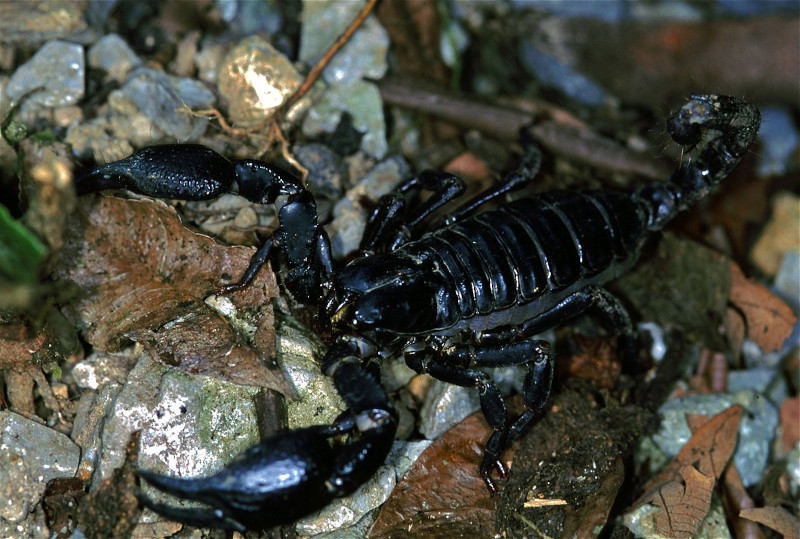
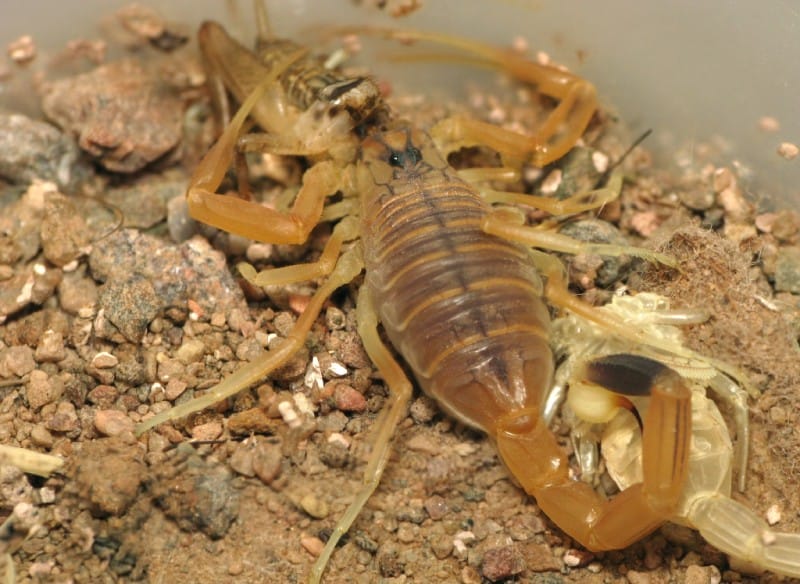

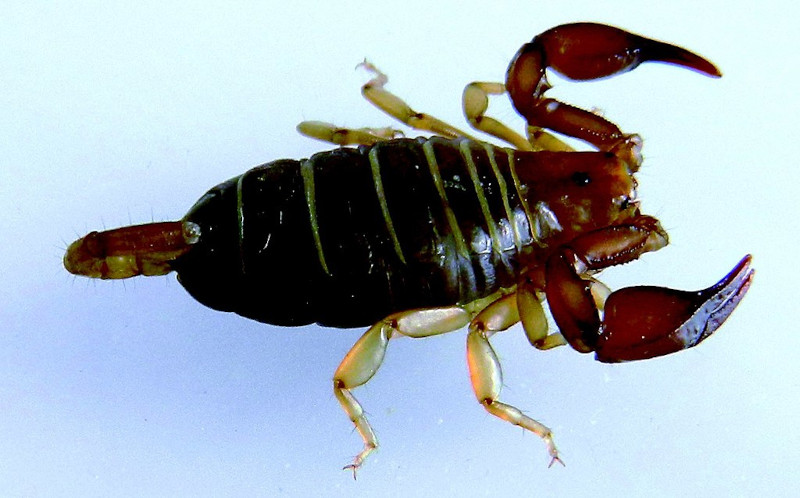
CCL: https://bit.ly/3sgHs1k
Euscorpius Lycius Physical Description
Despite its quite fierce appearance, the Euscorpius Lycius actually grows very small. For example, mature adults rarely exceed 1 in (2.5 cm) in total length.
The coloring of the body also most commonly consists of pale shades of brown or reddish-brown. Yet, this does vary somewhat, among individuals.
However, the claws of this remarkable species usually appear darker than the rest of the body.
Finally, this newly identified scorpion is venomous, but the venom measures extremely mild in nature. For instance, its toxicity level is similar to that of a small bee, or even less.
- Kingdom: Animalia
- Phylum: Arthropoda
- Class: Arachnida
- Order: Scorpiones
- Family: Euscorpiidae
- Genus: Euscorpius
- Species: E. Lycius

CCL: https://bit.ly/3sqgMLx
Euscorpius Lycius Distribution, Habitat, and Ecology
Scientists first found the Euscorpius Lycius in dense pine forests in the provinces of Mugla and Antalya. This region lies along the southern coastal region of Turkey, in Asia.
To date, very few individual scorpion specimens have been discovered and observed.
For the moment, it seems to be primarily nocturnal in nature. At this time it is only known to hunt a variety of insects.
So far, the regions it is known to inhabit have a cool and humid climate.
Species Sharing Its Range
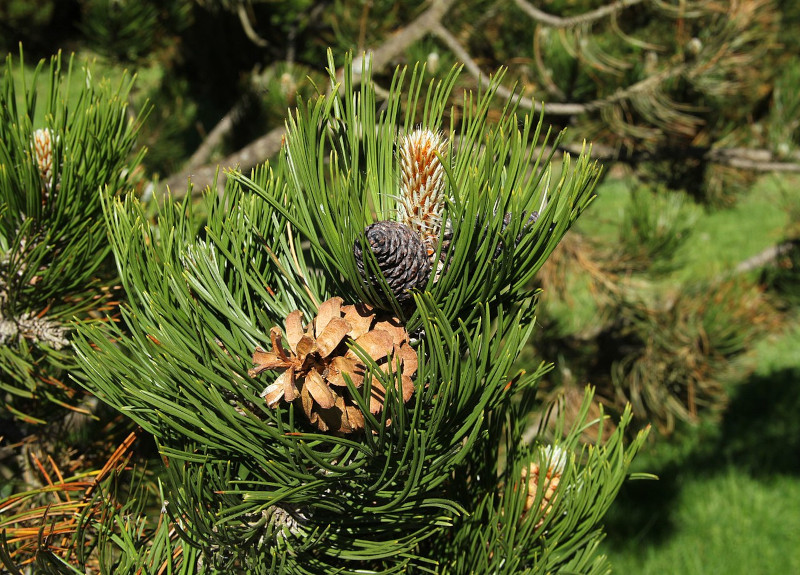

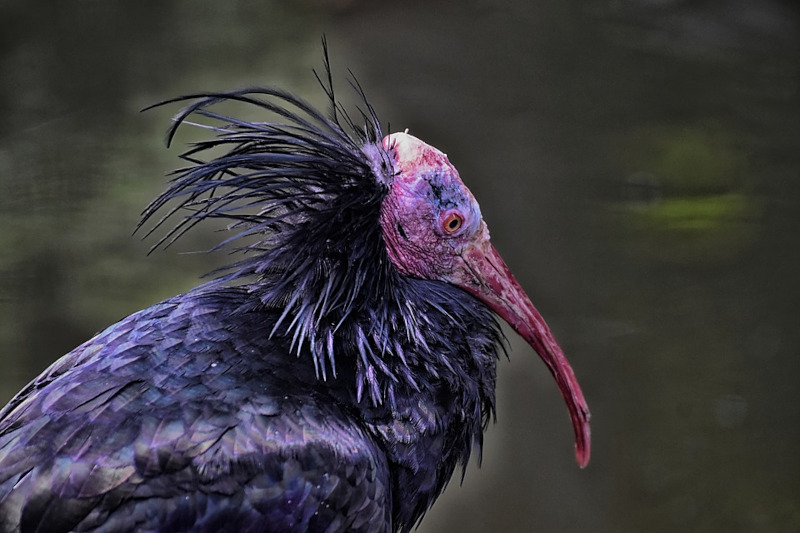
Check out our articles on Incredible Sharks of the World, Hydrangea, Armored Sea Robin, Plitvice Lakes, Komodo Dragon, Stinging Nettle Caterpillar, Australian Sea Lion, Hellbender Salamander









Leave a Reply